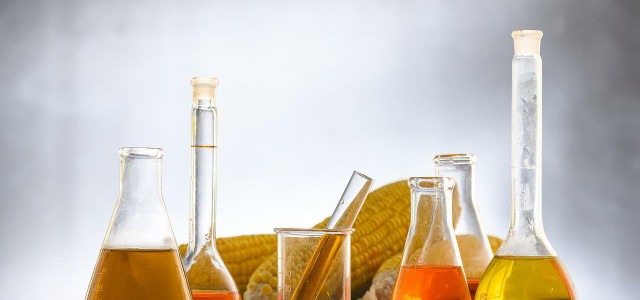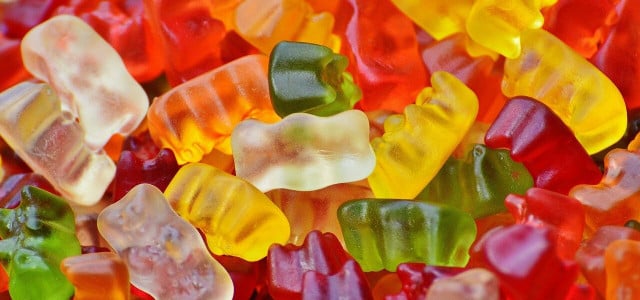Ever wondered what the difference is between artificial and natural flavoring? The answer may make you think twice before choosing the “natural” option.
When browsing the aisles of supermarkets, most dried and processed goods will claim they are either made with natural or artificial flavorings. But what is the difference? Instinctively, we tend to go for the ‘natural’ option because, well, it’s natural, and natural is always healthier and tastier right?
What Are Natural Flavors?
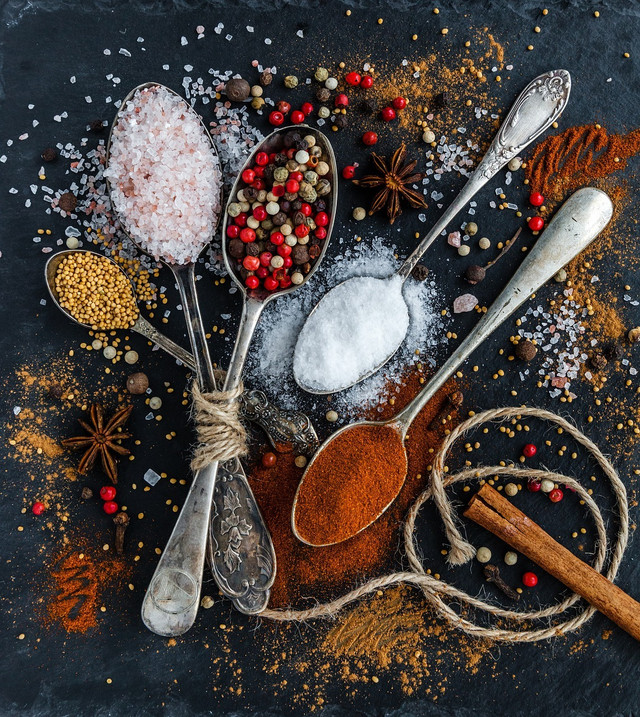
Natural flavoring, as the name suggests, is made from all-natural substances derived from plants, animals, spices, herbs and vegetables. The essential oil, distillate, or any product derived through roasting, heating or decomposition through an enzyme of these substances, for example, can make up a natural flavoring.
This means that natural flavors are not simply plucked straight from the raw material, but instead might go through a complex chemical process in the lab in order to become a natural flavoring.
What Are Artificial Flavors?
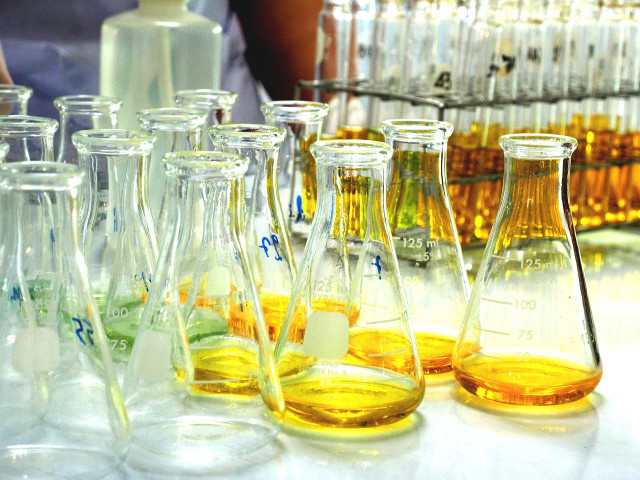


Artificial flavors are man-made flavors made from chemicals to mimic the natural taste of different foods. Artificial flavors are made in labs and must be made from FDA-approved chemicals.
The reason artificial flavors are often used instead of natural flavors is that they are usually cheaper to make and therefore lower the price of production and goods for manufacturers and consumers.
The Differences: What Makes a Flavor “Natural”?
Although their names suggest there are vast differences between them, natural and artificial flavorings really are not all that different.
The main difference between the two is where the flavorings come from. Natural flavoring comes from plant and animal products, whereas artificial flavoring consists of chemicals from non-edible sources being combined in specific ways to mimic a natural flavor.
However, the “natural” flavoring of different food products still contain synthetic chemicals and are manufactured in a lab. Surprisingly, natural flavors can even be made using the exact same chemicals as artificial flavors. This means that natural flavors are made from the same molecules as artificial flavors, but they are derived from edible sources, as opposed to non-edible sources.
For example, to achieve the flavor of toasted almonds, you use chemicals that can be both natural or artificial flavors, depending on their origin: they are the molecules diacetyl, methyl cyclopentenolone, benzaldehyde and methyl methoxy pyrazine. Specifically, some of these molecules could either be sourced from the Prunus amydalus tree (the almond tree), or made in a lab.
Is One More Sustainable Than the Other?
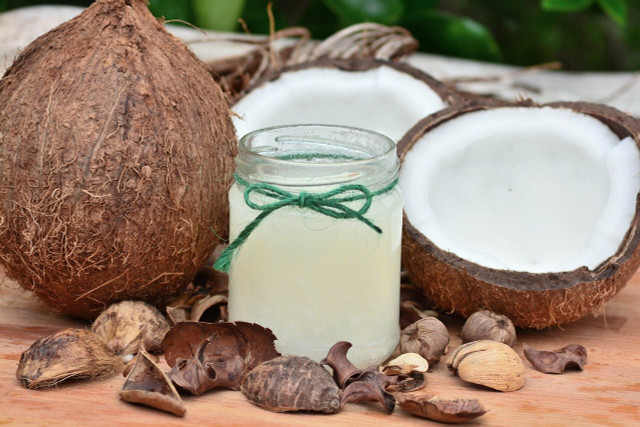


Despite what you might think, natural flavoring is not more sustainable than artificial flavoring—quite the opposite. Because natural flavoring sources its components from nature, it means natural flavoring has a greater environmental impact.
For example, natural coconut flavoring is made from Massoia lactone from the Indonesian Cryptocaria massoia tree, native to Malaysia. To extract the lactone from the bark of the tree, harvesters must cut the tree down. And this is not to mention the chemical processes required to extract the lactone from the tree, as well as the extensive carbon emissions needed to transport the lactone all the way from Malaysia.
Lastly, given the greater production and manufacturing efforts needed to make natural flavoring, they are usually much greater in cost compared to artificial flavoring.
At the end of the day, we need to learn not to be fooled by labels. Just because a product states it is made using “natural” flavoring, it is important to remember that every natural substance used in a product also consists of chemicals. In fact, artificial and natural flavorings sometimes are chemically identical, and only differ in what their source substance is.
What’s more, when deciding between a product that is labeled as ‘natural’ and one that is artificial, it is worth remembering that the artificial flavoring tends to be the more eco-friendly option.
Best is always to shop organically, locally and seasonally when and where you can, so that you can support your own health, as well as the health of your local community and the planet.
Read more:
- Homemade Gum: All-Natural 4 Step Recipe
- 8 Benefits of Drinking Coconut Water
- How to Use Coconut Oil for your Hair: 3 Tips
Do you like this post?






